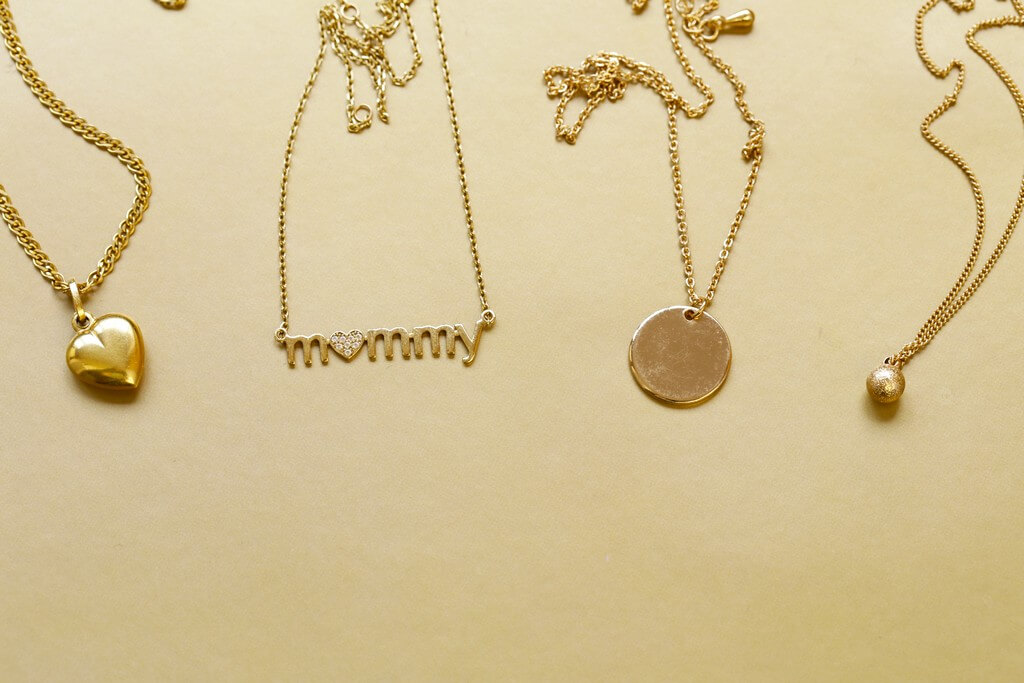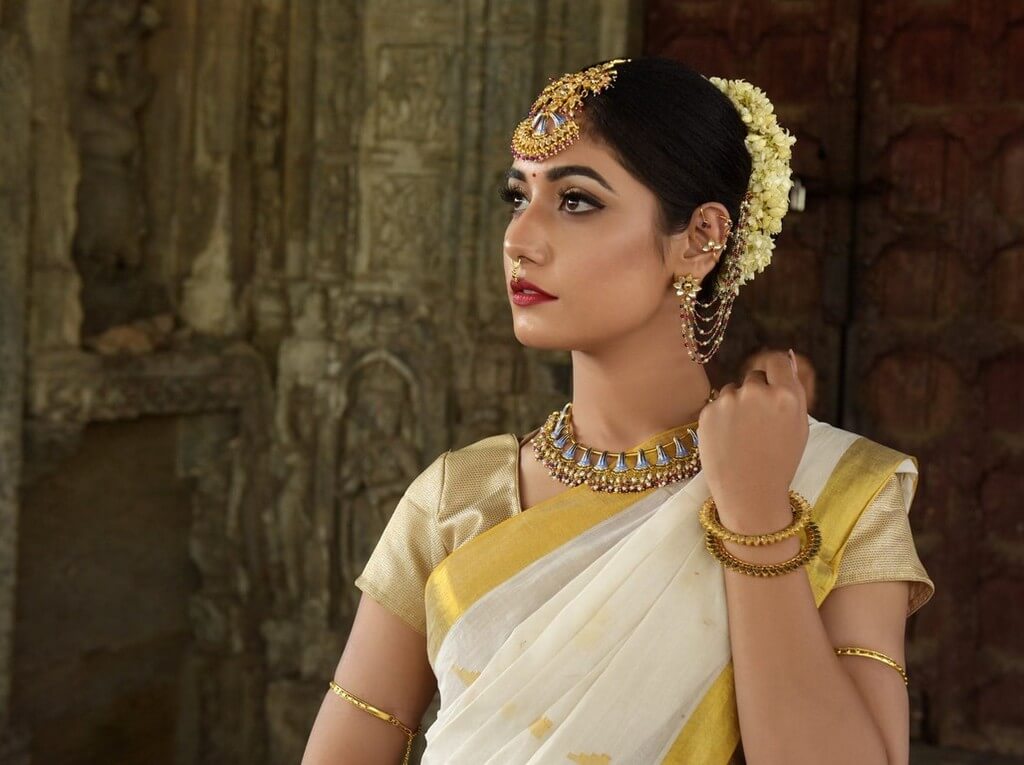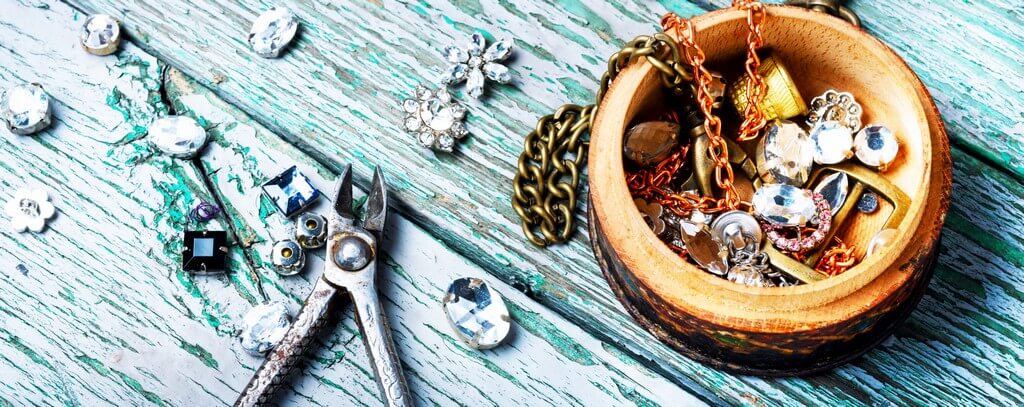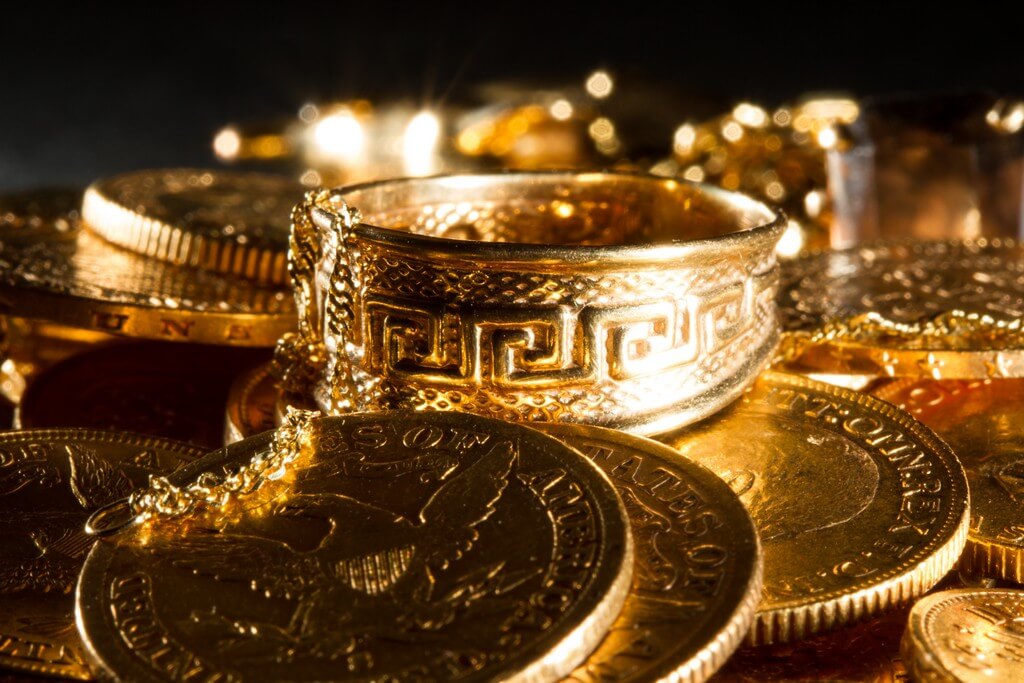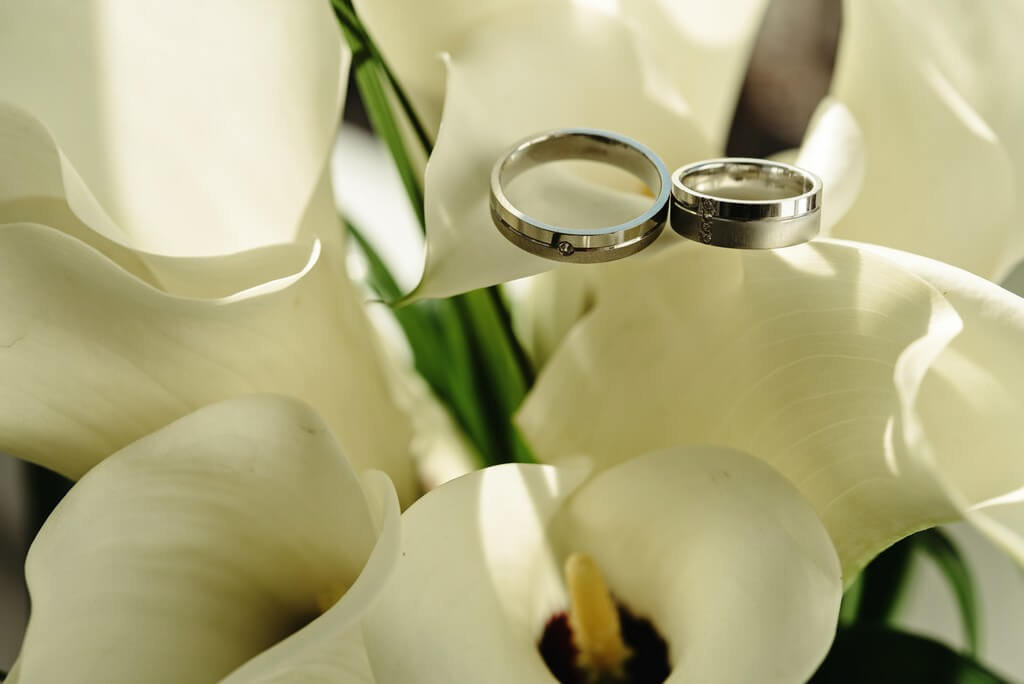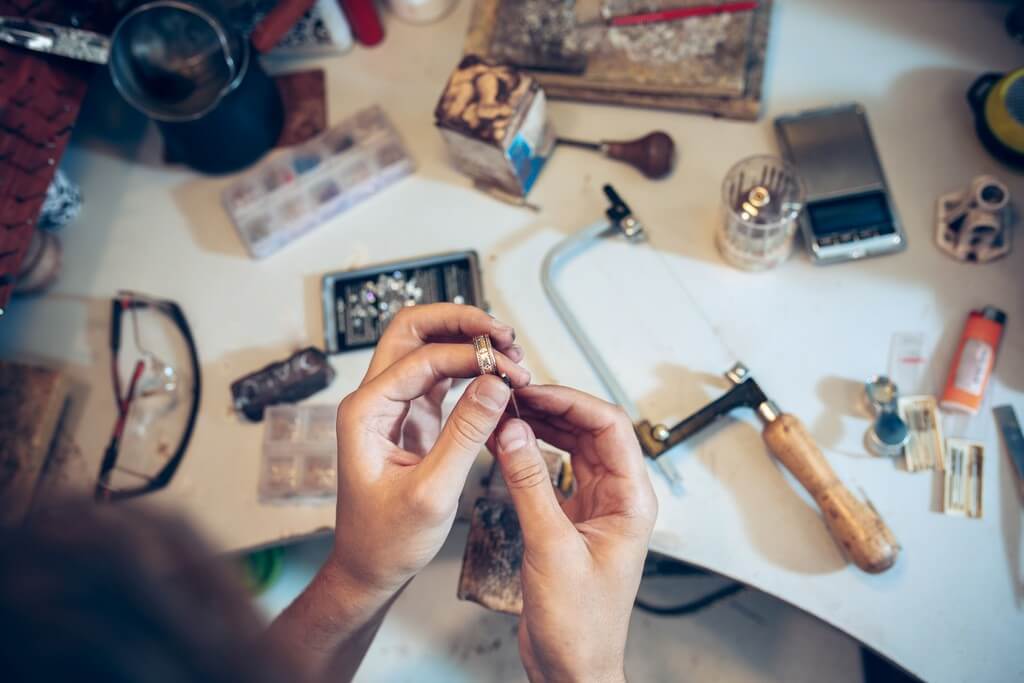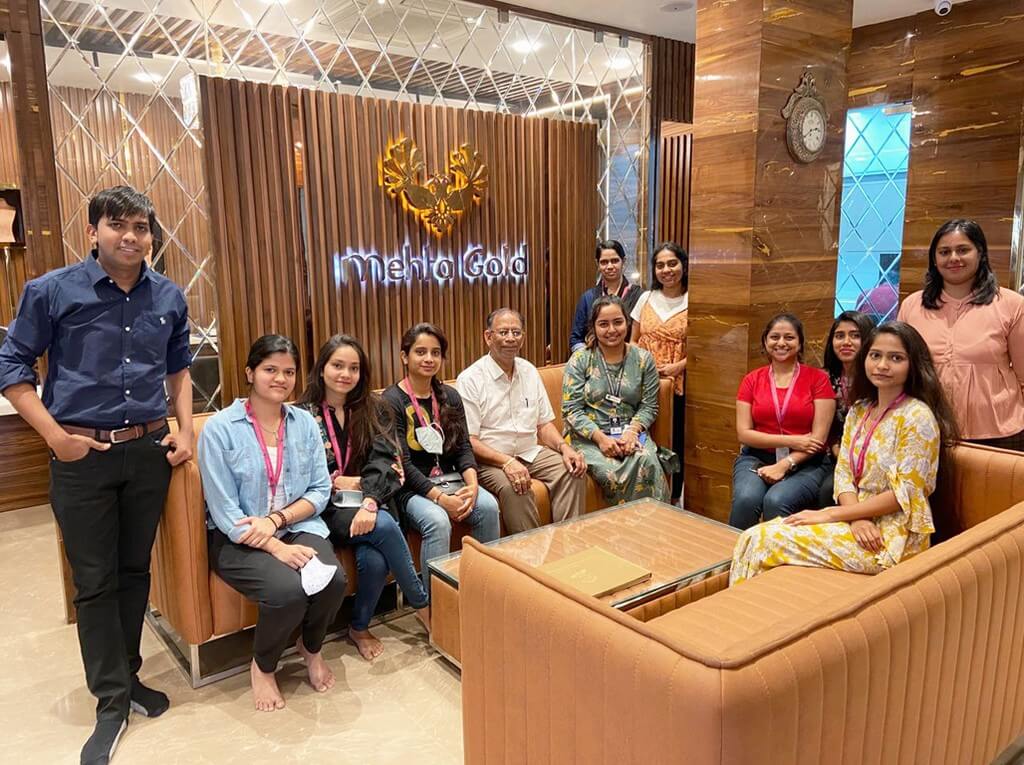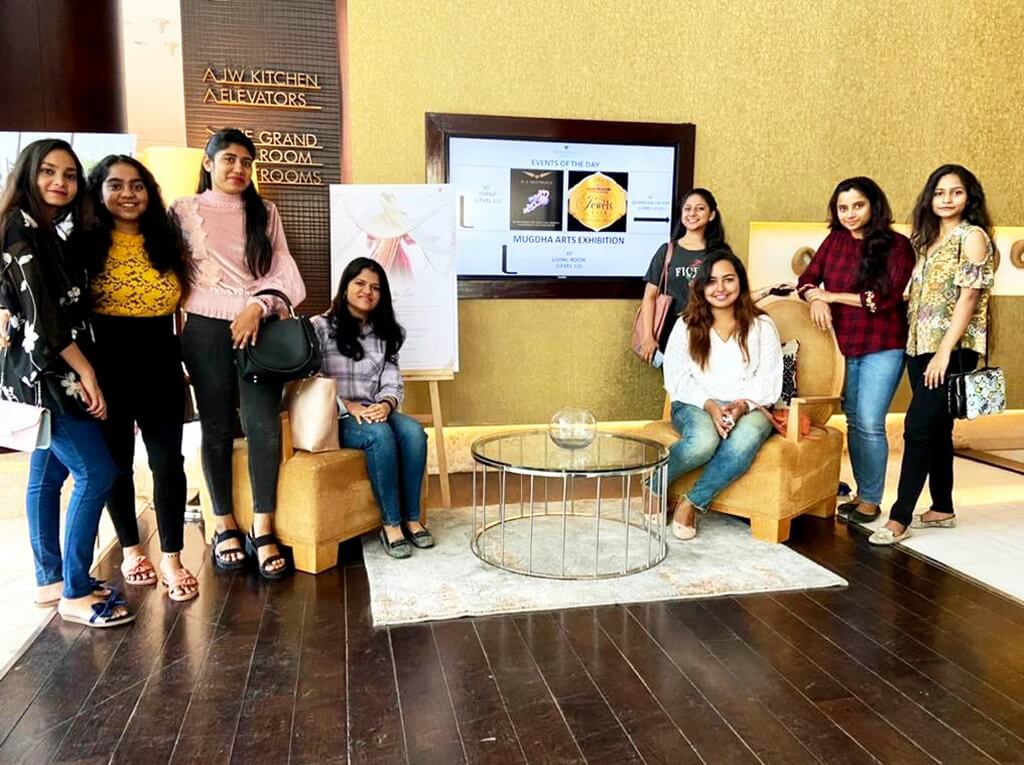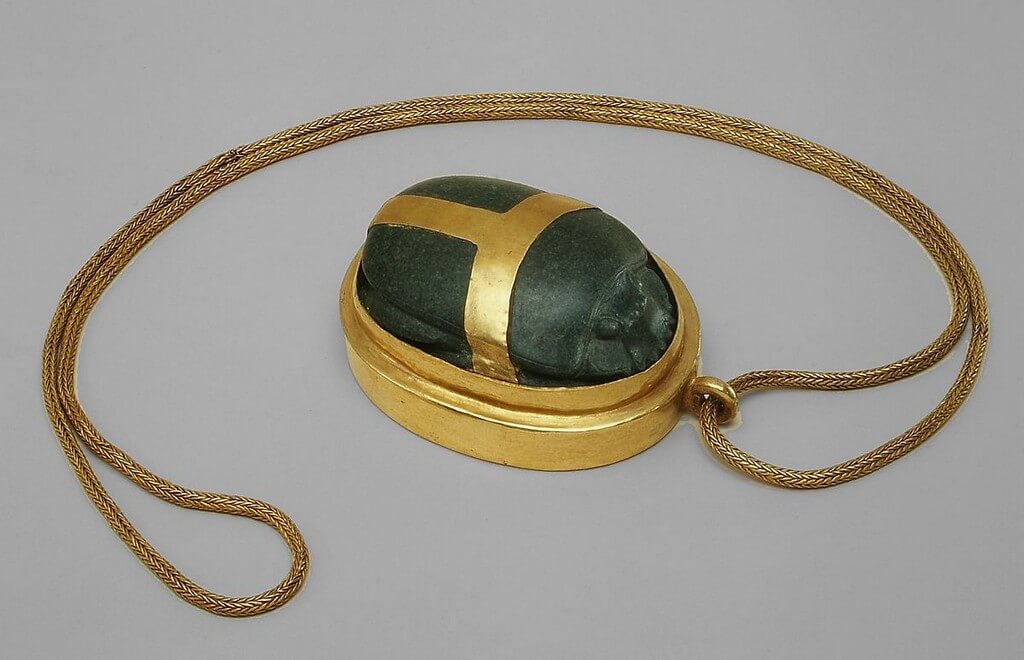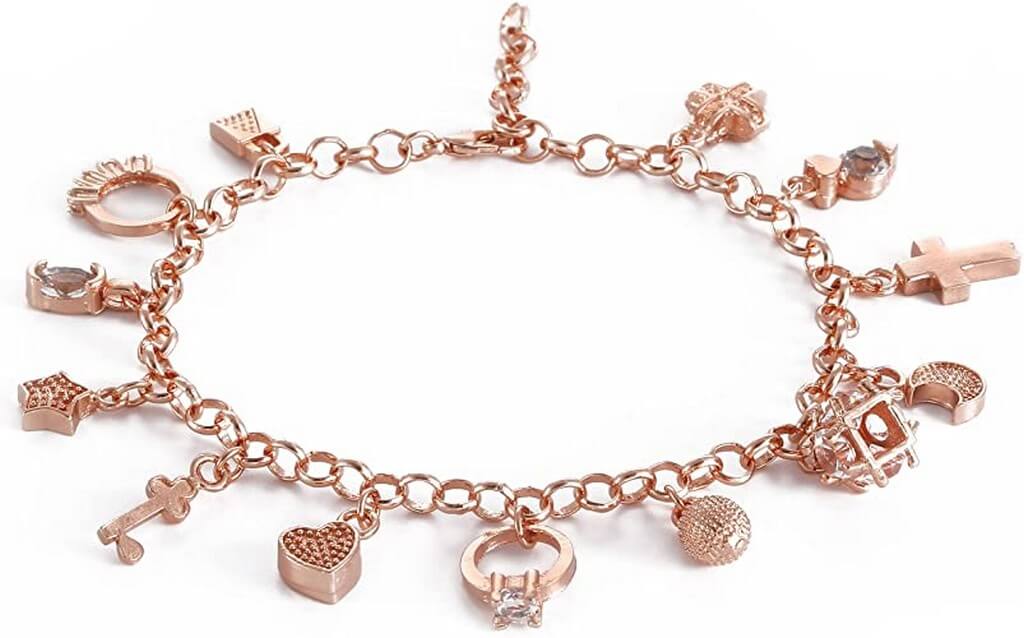Jewellery has the power to vary the vibe of an outfit hastily than the contrary accessory Try switching out your dainty gold chain necklace and mini hoops for a pair of piled chandelier earrings and see how your entire look (and mood) shifts. Ahead, find the absolute stylish trends of the forthcoming season, plus our favourite necklace, earring, and ring to buy for
Traditional Indian Jewellery has a recognition of its own. Jewellery, in general, enhances one’s beauty. In Indian culture, the jewellery that women wear, signifies their status, wealth, and status, in the society. The history of Traditional Indian Jewellery is as old as Indian History! The word jewellery originates from the Latin word "jocale", meaning plaything. 5000-7000 years ago during Ramayana & Mahabharata times was
Jewellery making is a form of art that requires immense knowledge and skill. Jewellery is widely used in everyday life by both male and females. From watches to the simple earring studs that one wears, all are designed as per their usage. However, in order to bring to life the designs, there are certain tools that are required to achieve the desired design. Jewellery
Gold is the most popular metal choice for fashion rings, earrings, pendants, necklaces and bracelets. There are two effects to consider when looking at gold. First, which color of gold ( yellow or white). Second, which is karat (10K, 14K, 18K). 14 Karat gold is the most broadly used Karat in the USA jewellery industriousness. Gold Karat/Purity There are several karats available for gold. The karat
Platinum is a natural white metal that comes directly from the earth. Unlike white gold that needs to be alloyed with other white metals to mask its yellow color, platinum is manufactured into jewelry that's 90 or 95 pure. Platinum is extremely long wearing and is genuinely white, so it doesn't need to be rhodium plated like white gold does. Platinum is a truly
Jewellery manufacturing is the base foundation for every jewellery business. There are four methods of manufacturing jewellery - hand fabrication, lost-waxing cast, die striking, and electroforming. Although not every method is used in every jewellery brand, when in the jewellery industry or pursuing a career in jewellery designing, it is important to know the different manufacturing methods and how they are used to
Industrial Visits are a crucial part in the creative industry as it helps students understand the working progress and procedures. At JD Institute Bangalore, industrial visits are organized every two months, to keep the students updated in their field of study. One among the recent ones is the visit to Asia Jewels Fair 2021, where the students from Diploma in Fine Jewellery Designing
Jewellery in ancient times were simple pieces crafted from natural materials such as shells taken from the seashore or pebbles which were smoothened and polished by being tumbled along the sea or river bed. These naturally available materials were then threaded together in the form of necklaces or wrist jewellery or even jewellery products such as earrings, rings, bracelets, hair pieces and so
Charm bracelets date back to millenia. Though the materials and designs used on them have undergone changes, its core essence has not gone out of style. Initially charm bracelets were worn due to certain religious requirements. This practice dates back to the pre-historic times. They were known to be first worn from 500-400 B.C. by Assyrians, Babylonians, Persians and Hittites. These charms were crafted




